Identifying Hidden Allergens in leigh animal feeds, winwick: A Bioresonance Approach for Veterinary Practices
When animals show persistent symptoms despite standard treatments, the answer often lies hidden in their daily nutrition. Feed-related sensitivities can manifest in countless ways, from skin conditions to digestive upset, yet conventional testing methods frequently miss the underlying triggers.
For veterinary practices across the UK, this diagnostic challenge has become increasingly common. Animals consuming Leigh animal feeds, Winwick products may develop subtle reactions that traditional allergy tests simply cannot detect.
Bioresonance therapy offers a different approach, one that reads the body's electromagnetic responses to identify problematic ingredients before they cause long-term health issues.
Understanding Hidden Allergens in Animal Feed
Hidden allergens represent one of the most frustrating challenges in veterinary medicine. Unlike obvious food reactions that appear immediately, these sensitivities develop gradually and create symptoms that mimic other conditions entirely.
What Makes Feed Allergens "Hidden"
Most animal feeds contain dozens of ingredients. When you examine leigh animal feeds winwick products, you'll find carefully formulated blends designed for optimal nutrition. However, even high-quality feeds can trigger reactions in sensitive animals.
The problem isn't always about feed quality. Individual animals process ingredients differently based on their unique biological makeup.
Some common hidden allergen sources include:
Protein variations from different grain batches
Storage-related contaminants like mold spores or dust
Processing residues from manufacturing equipment
Traditional testing methods require invasive procedures and often test for only a limited range of substances. Meanwhile, affected animals continue suffering while practitioners work through elimination diets that can take months to yield results.
Why Standard Allergy Testing Falls Short
Conventional veterinary allergy testing relies on blood work or skin tests that measure immune responses to known allergens. This approach works well for immediate hypersensitivity reactions but misses subtler sensitivities.
Animals showing chronic inflammation, intermittent digestive issues, or behavioral changes may test negative on standard panels. Yet their symptoms persist.
The gap between testing capabilities and clinical reality leaves many veterinarians searching for better diagnostic tools.
The Bioresonance Approach to Feed Testing
Bioresonance therapy operates on a fundamentally different principle than traditional allergy testing. Rather than measuring immune markers, it reads electromagnetic frequencies emitted by the animal's body when exposed to specific substances.
How Frequency-Based Detection Works
Every substance, including components in leigh animal feeds winwick products, emits a characteristic electromagnetic signature. When an animal's body encounters a problematic substance, it generates a specific frequency pattern indicating stress or incompatibility.
The BICOM® device detects these frequency variations with remarkable precision. By placing a feed sample in the input cup, practitioners can observe how the animal's body responds at an energetic level.
This non-invasive method causes no discomfort and provides immediate feedback. Animals remain calm throughout testing, making it particularly valuable for anxious or aggressive patients.
The 52kHz Frequency and Information Transfer
Bioresonance testing for leigh animal feeds winwick products utilizes a specific 52kHz frequency. This frequency corresponds to the same wavelength used in successful allergy therapy programs and general regulation treatments.
The significance of this frequency lies in its ability to transmit information about substances without physical contact. When testing animal feed, the device reads how the animal's electromagnetic field interacts with the feed's frequency signature.
Disruptions in this interaction signal potential problems. Smooth, harmonious frequency patterns indicate compatibility.
Practical Implementation in Your Practice
Veterinary practices can integrate feed allergen testing into existing diagnostic protocols without major operational changes. The process complements rather than replaces traditional veterinary medicine.
Setting Up Feed Sensitivity Testing
Testing leigh animal feeds Winwick products requires minimal preparation. You'll need a small sample of the actual feed the animal consumes, whether that's standard pellets, mixed grains, or specialized formulations.
Place the feed sample in the BICOM® device's input cup. Position the animal according to standard bioresonance therapy protocols. The device will then run through testing sequences designed to identify frequency disruptions.
Most testing sessions are completed within 20-30 minutes. This efficiency allows you to screen multiple feed products during a single appointment.
If you're considering adding bioresonance capabilities to your practice, exploring professional therapy devices designed for veterinary applications can help you understand the available options and features.
Interpreting Resonance Patterns
When testing reveals resonance at specific frequencies, you've identified a potential problem area. The device provides clear indicators when the animal's electromagnetic field reacts negatively to feed components.
Strong reactions warrant immediate attention and dietary modifications. Mild reactions might indicate developing sensitivities that haven't yet produced clinical symptoms.
This early detection capability sets bioresonance apart from reactive approaches that only identify problems after significant symptoms develop.
Working with Different Feed Types
Animals across species consume diverse feed formulations. Whether you're treating companion animals, horses, or livestock, the testing methodology remains consistent while results vary based on individual physiology.
Testing Commercial Feed Products
Leigh Animal Feeds Winwick offers various commercial formulations targeting different animal needs. Each product line contains distinct ingredient profiles that may affect sensitive animals differently.
Testing protocols should cover:
Base ingredients like grains, proteins, and fiber sources
Added supplements, including vitamins and minerals
Binding agents and processing aids
By systematically testing each component, you can pinpoint exactly which elements trigger reactions. This specificity allows for precise dietary adjustments rather than complete feed changes.
Addressing Feed Storage and Handling Issues
Sometimes the problem isn't the feed itself but how it's been stored or handled. Leigh Animal Feeds Winwick Products maintain high quality during manufacturing, but post-purchase storage can introduce contaminants.
Bioresonance testing detects these environmental factors. Mold spores from damp storage areas, chemical residues from cleaning products, or dust accumulation all create distinctive frequency patterns.
When testing reveals storage-related issues rather than ingredient sensitivities, you can advise clients on proper feed handling without changing their animal's diet.
The Potentising Protocol for Feed Sensitivities
Once you've identified problematic feeds, bioresonance offers a unique treatment approach through potentising programs. This methodology doesn't create homeopathic remedies but provides supportive therapy using frequency modulation.
H+Di Therapy Type for Feed Treatment
The H+Di therapy type proves particularly effective for feed-related issues. This setting maintains the 52kHz frequency while adjusting gain parameters to create graduated treatment levels.
Testing progresses through potency levels from D3 to D1000. Each level represents a different frequency configuration that may resonate with the animal's condition.
When you find resonance at a particular level, you've identified the optimal treatment frequency for that individual animal.
Creating Custom Information Remedies
Information from feed samples can be transferred to storage media for ongoing treatment. Drops work exceptionally well because they allow precise dosing adjustments based on response.
The transfer process places leigh animal feeds winwick samples in the input cup while water, oil, or globules occupy the output position. The device imprints frequency information onto these carriers, creating customized remedies.
Animals with multiple sensitivities benefit from starting treatment at the lowest resonant potency. After one to two weeks, retest to determine whether higher potencies still show resonance.
Integration with Comprehensive Care
Bioresonance feed testing works best as part of a holistic diagnostic approach. While frequency-based detection identifies hidden allergens, successful outcomes require addressing the complete clinical picture.
Combining with Nutritional Assessment
Feed sensitivities rarely exist in isolation. Animals showing reactions to leigh animal feeds, Winwick products may have underlying digestive issues, compromised immune function, or stress-related disorders affecting nutrient absorption.
Bioresonance vet practitioners examine the whole animal, using frequency analysis to assess organ function, inflammatory markers, and systemic balance alongside feed compatibility.
This comprehensive view ensures you're treating root causes rather than just managing symptoms.
Supporting Recovery and Reintroduction
Once you've identified and removed problematic feeds, many animals require supportive therapy during recovery. The potentising module facilitates this process through graduated treatment programs.
Lower potencies (below D30) typically suit daily administration. Higher potencies like D200 or D1000 require less frequent dosing, weekly or monthly, depending on the specific level.
This flexible dosing schedule allows you to maintain therapeutic support without overwhelming the animal's system during the healing phase.
Client Communication and Education
Successfully implementing bioresonance feed testing requires clear client communication. Pet owners and animal managers need to understand what you're testing, why it matters, and how to act on results.
Explaining Frequency-Based Testing
Many clients arrive with misconceptions about alternative therapies. Some expect miracle cures while others remain skeptical about anything beyond conventional medicine.
Present bioresonance as a diagnostic tool that reads biological information through electromagnetic frequencies. Emphasize its non-invasive nature and ability to detect sensitivities before they cause obvious symptoms.
Avoid making claims about curing diseases or replacing conventional treatments. Instead, position it as a valuable addition to your diagnostic toolkit.
Guiding Feed Transitions
When testing identifies problems with leigh animal feeds, Winwick, or any other feed product, provide specific transition guidance. Abrupt feed changes often cause digestive upset regardless of the new feed's quality.
Recommend gradual transitions over 7-14 days, mixing increasing proportions of new feed with the existing product. Monitor for symptom changes throughout this period.
Some animals may need multiple testing sessions to find optimal nutrition, especially when dealing with multiple sensitivities or complex health conditions.
Building Your Feed Testing Service
Veterinary practices offering bioresonance feed testing create additional value for clients while differentiating themselves from competitors relying solely on conventional diagnostics.
Equipment and Training Requirements
The BICOM® device provides everything needed for comprehensive feed testing. Category 8 in the device menu contains potentising programs specifically designed for this application.
Proper training ensures accurate testing and interpretation. Understanding how to position animals, prepare feed samples, and read frequency responses requires hands-on practice under experienced guidance.
Bioresonance vet offers training resources and ongoing support to help practitioners master these techniques and achieve consistent, reliable results.
Marketing Your Capabilities
Clients seeking solutions for animals with chronic, unexplained symptoms represent your ideal audience for feed testing services. These pet owners have often exhausted conventional options and welcome innovative diagnostic approaches.
Educational content explaining hidden allergens, frequency-based testing, and successful outcomes helps build awareness. Focus on specific problems you solve rather than technical details about equipment.
When discussing brands like Leigh Animal Feeds Winwick, James Gibb Animal Feeds, or other suppliers, maintain a neutral, factual tone. The goal is to identify individual animal sensitivities, not criticizing feed quality.
Moving Forward with Frequency-Based Diagnostics
Hidden allergens in animal feed will continue to challenge veterinary practitioners as long as animals have individual sensitivities and feeds contain complex ingredient profiles. Bioresonance therapy provides a practical, non-invasive method for detecting these problems early.
By incorporating feed testing into your diagnostic protocols, you offer clients something truly valuable—answers when traditional testing comes up empty and solutions that address root causes rather than just managing symptoms.
The technology exists. The methodology is proven. What remains is implementing these tools effectively in everyday practice to improve outcomes for the animals you serve.
Ready to discover what's really affecting your patients? Bioresonance feed testing might reveal the hidden triggers behind those frustrating chronic cases that resist conventional treatment.
Conclusion
Feed sensitivities don't have to remain mysterious. When animals fail to thrive despite quality nutrition from suppliers like Leigh Animal Feeds Winwick, bioresonance testing provides the clarity you need to move forward confidently.
This frequency-based approach complements your existing veterinary expertise without replacing proven diagnostic methods. It simply fills the gaps where conventional testing falls short, detecting subtle sensitivities before they escalate into chronic conditions.
For practices ready to expand their diagnostic capabilities, bioresonance vet technology offers a practical solution backed by electromagnetic science. The 20-30 minute testing process integrates seamlessly into busy schedules while delivering immediate, actionable insights.
Your patients deserve answers. Their owners seek practitioners who look beyond surface symptoms to find real solutions. Bioresonance feed testing positions your practice as a comprehensive resource for animal health, one that combines traditional veterinary medicine with innovative frequency-based diagnostics.
Exploring professional-grade therapy devices represents the first step toward offering this advanced diagnostic service to your clients and their animals.
The animals struggling with hidden allergens are waiting. Will your practice be ready to help them?
Frequently Asked Questions
How long does bioresonance testing take for Leigh animal feeds Winwick products?
Most testing sessions are completed within 20-30 minutes. This includes testing multiple potency levels and identifying specific sensitivities. The non-invasive nature means no sedation or recovery time is needed.
Can bioresonance detect allergens that blood tests miss?
Yes. Bioresonance reads electromagnetic frequency patterns rather than immune markers, allowing detection of subtle sensitivities that don't trigger measurable antibody responses in conventional blood work.
Is bioresonance testing safe for all animal species?
Absolutely. The BICOM® device works effectively on dogs, cats, horses, birds, rodents, and livestock. The non-invasive frequency-based approach causes no discomfort regardless of species or size.
How quickly will animals improve after identifying feed allergens?
Response times vary by individual. Some animals show improvement within days of dietary changes, while others with chronic conditions may need several weeks. Supportive potentising treatments can accelerate recovery.
Do I need to stop feeding leigh animal feeds winwick if testing shows sensitivities?
Not necessarily. Testing identifies specific ingredients or batches causing problems. Often, you can switch to a different formulation from the same supplier rather than changing brands entirely.
Can storage conditions affect test results?
Yes. Bioresonance detects contaminants from improper storage, including mold, dust, or chemical residues. Testing can distinguish between ingredient sensitivities and storage-related issues, guiding appropriate interventions.
How often should I retest animals with feed sensitivities?
Retest after 1-2 weeks when starting treatment with the lowest resonant potency. Once stable, quarterly testing monitors for new sensitivities or confirms resolved issues. Adjust frequency based on clinical response.

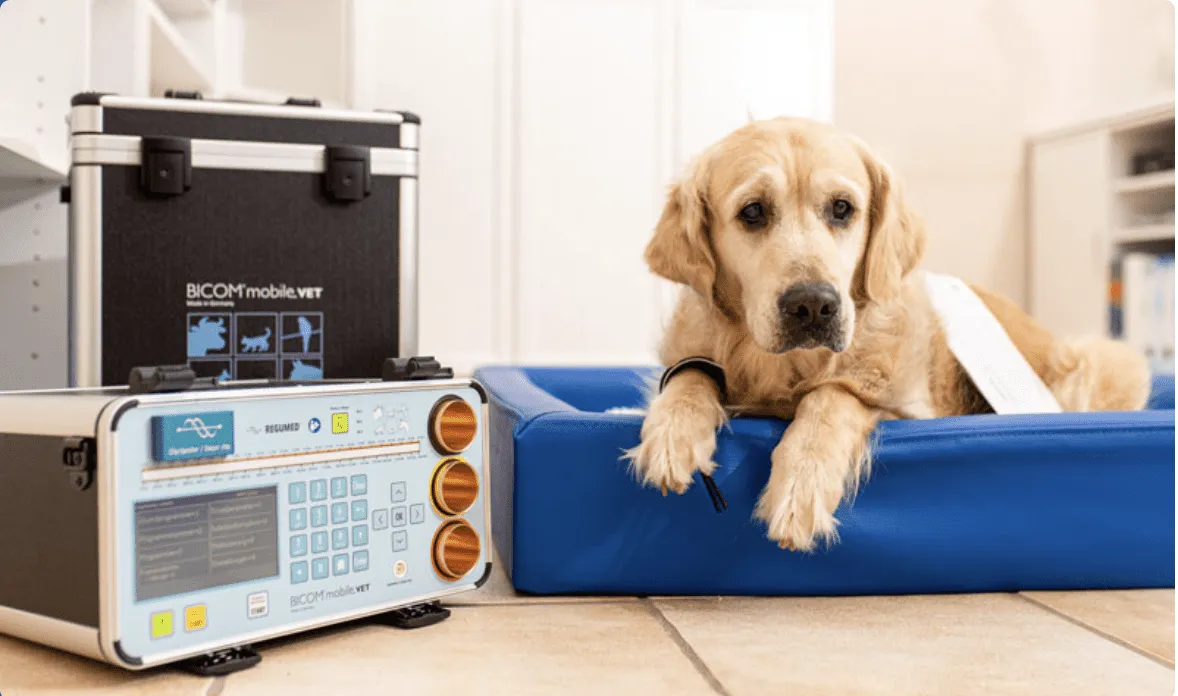

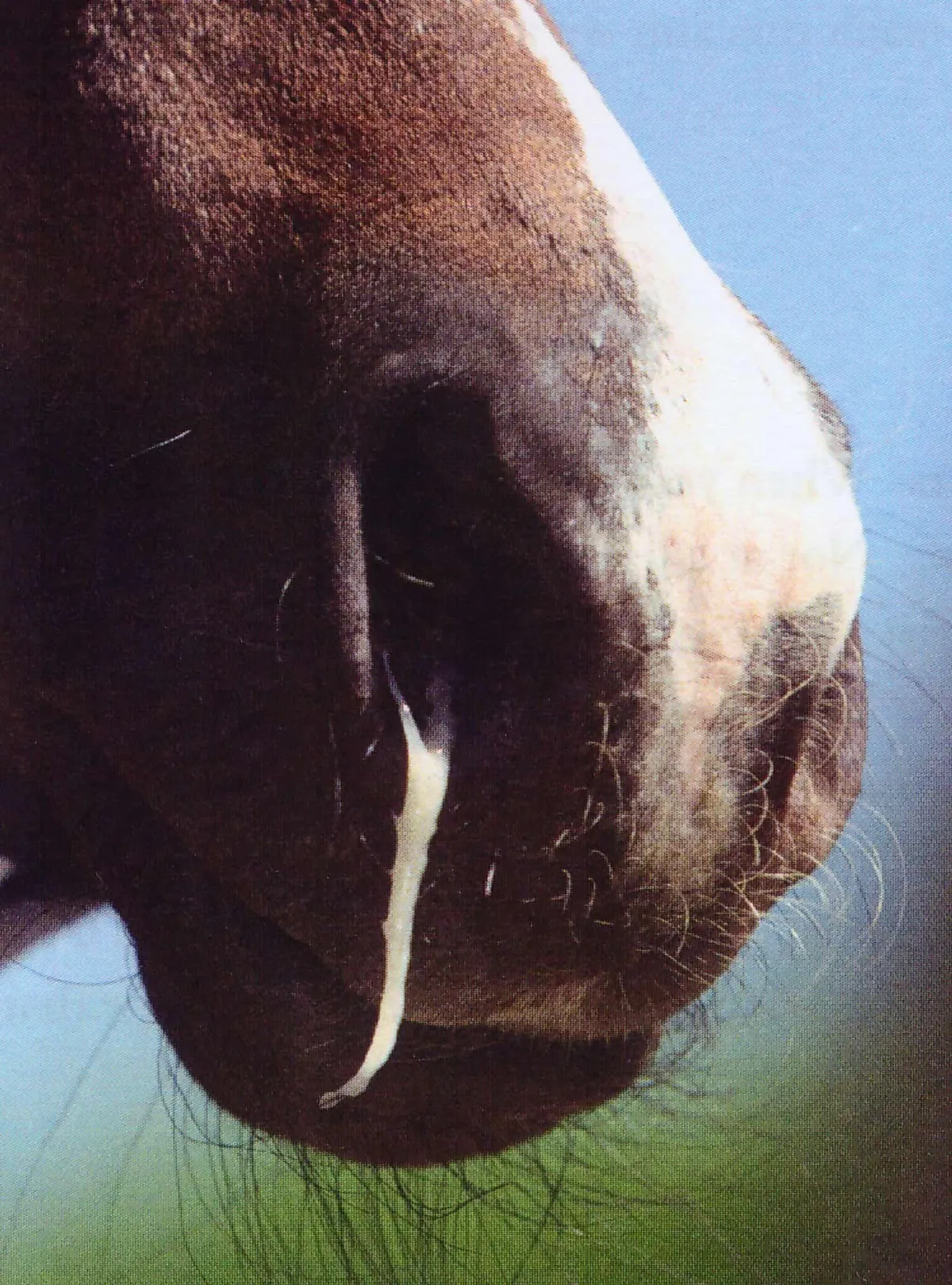




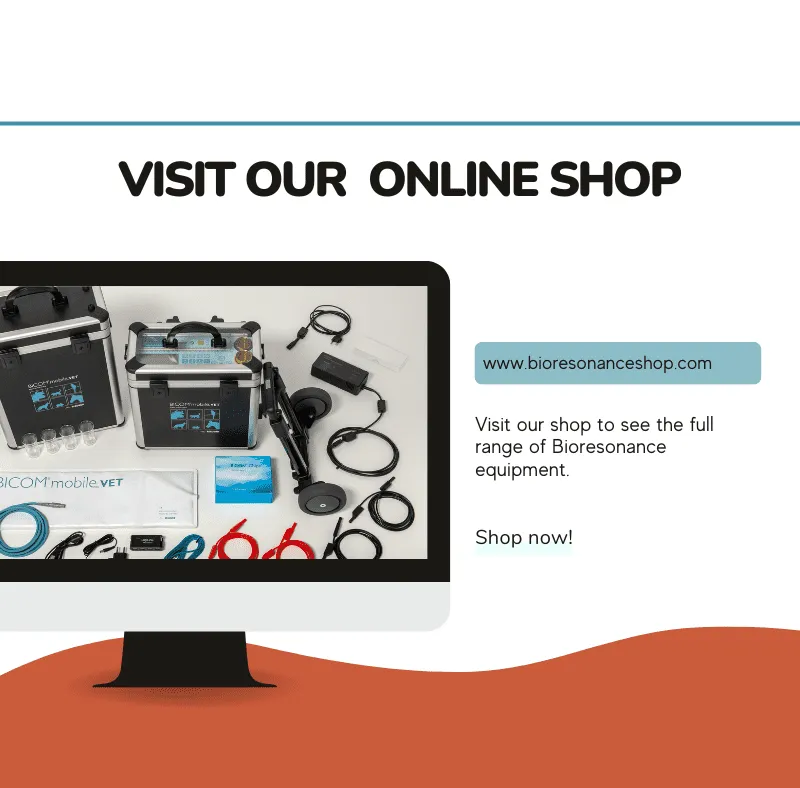
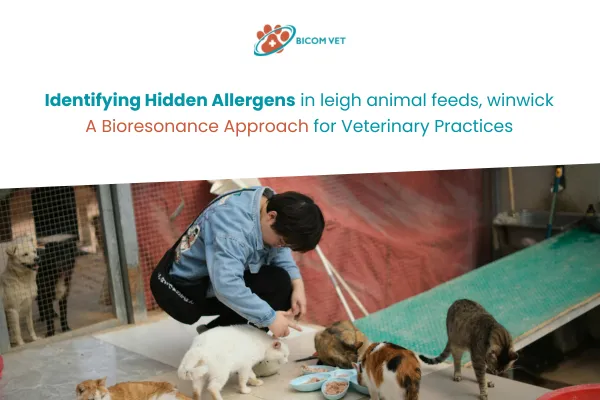
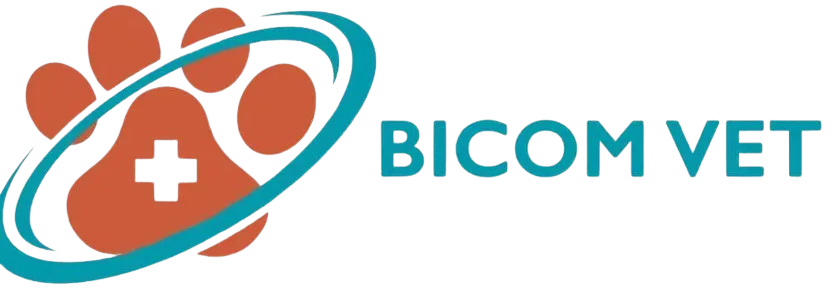
Facebook
Instagram
Mail